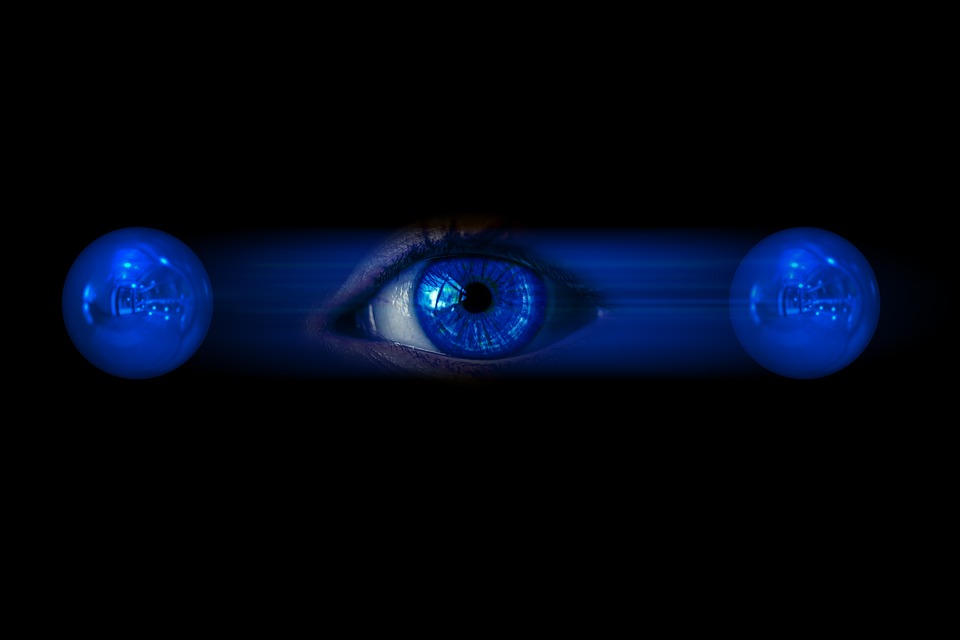Quantum mechanics is the study of how the space-time continuum which is one of the elements of a given wave function, which can be created through experiments and is related to other spaces of wave functions. Quantum mechanics, also called quantum field theory or quantum mechanical mechanics, is the branch of theoretical physics that studies the interactions of matter (particles and wave functions) with objects (space and time).
The term quanta is Latin for tiny units, which are fundamental units of light and energy in the universe. Light, the elementary particles of matter, is also known as a photon. The term energy or energy at a given intensity is also used to refer to the energy of an object.
“The smallest unit that is known to be a fundamental unit of energy is called a photon. A photon is basically a particle of light that exists in two types of energy: electric force and gravitational force.”
Light also has two types (electric and gravitational force); electric force is a very complex phenomenon. Its properties depend not only upon the mass of the particle, which itself varies inversely to the electric force, but also on the angle between the beam and the observer, whether it’s vertical, rectangular or rounded; and on the polarization angle. This varies inversely with direction, too, as in the direction of a beam coming out from the observer

In fact, the best-known form of quantum mechanics is called generalization, in which the world is said to be one quantum state along the spectrum of fluctuations of a wave function. Because of this, we call quantum mechanics a generalization in quantum mechanics, which means that there are no two quantum systems at the same time.
Quantum mechanics is also called quantum information theory (QUI). The two quantum state theories are each called an entangled system. We call entanglement universal. There are various names for quantum information, but the one we like is Quantum Entanglement, which we say means: The states of two entangled systems are correlated (i.e. the same quantum state is correlated in both).
Quantum theory can be applied directly to various areas of physics:
- Experimental quantum mechanics
- The interaction of quantum fluctuations with the classical universe
- The interaction between quantum fluctuations with the exotic universe
- The measurement of the properties that quantum fluctuations can obtain
What does this mean for science?
A quantum particle may be a quantum mechanical measurement that can be described by a wave function that is related to the experimental measurement. It may be called an entangled measurement. Or it may be a state of a single quantum system to which two or more entangled measurement will eventually lead to something interesting.
So what is quantum entanglement?
The internet, with its infinite potential for communication, provides the ultimate avenue for this technology. The power of communication is the ability to share a data stream with others through an encryption system. This process of encryption is called quantum entanglement.
A photon and a second photon, both entangled at the same temporal distance, emit the same intensity, which is used by quantum computers to calculate the result of this interaction. The energy of this second photon means that the amount of information that can be shared within this shared field is greater than that previously shared.
It also means that once an object is measured, a data stream can be collected and shared with others, making communication possible. Entanglement is how communications networks became so widespread. When two photons emit the same beam of light, a single point of transmission can be observed.
The theory is based on the principle of entanglement between particles – photons, electrons and protons. The electrons are linked to each other by a single electron die, which becomes entangled with another and so on, creating an image of a more or less stable state in which the electrons




Leave a Reply